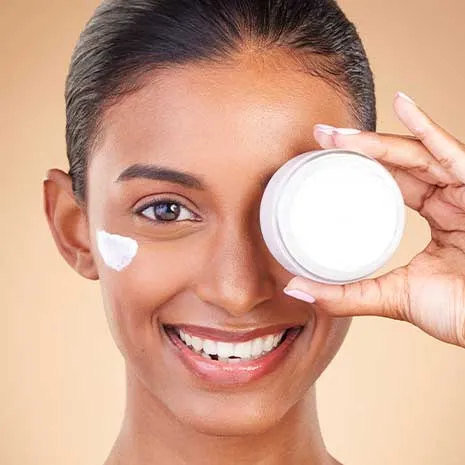Recommended Medical Creams for Vitiligo: Effects, Usage, and Scientific Evidence

Recommended Medical Creams for Vitiligo: Effects, Usage, and Scientific Evidence
- 18 August 2025
- 186

The Role of Topical Creams in Vitiligo Treatment
Vitiligo is a chronic skin disorder caused by the destruction of melanocytes — the pigment-producing cells in the skin. While there’s no definitive cure, topical creams are one of the most commonly prescribed methods for slowing disease progression and stimulating repigmentation.
They are particularly useful for localized vitiligo patches and are considered first-line therapy in many clinical settings.
Most Commonly Used Medical Creams
1. Topical Corticosteroids (Steroid Creams)
Mechanism:
Suppress the immune system’s attack on melanocytes by reducing inflammation and autoimmunity.
Common Agents:
- Betamethasone
- Mometasone
- Fluticasone
- Halobetasol
Benefits:
- Highly effective for promoting repigmentation
- Readily available and often prescribed for adults
Risks:
- Long-term use may cause skin thinning, stretch marks, and telangiectasia
- Not recommended for delicate areas like the face or genitals without strict medical supervision
Ideal Use Case:
For body areas with stable, limited vitiligo lesions
2. Calcineurin Inhibitors (Tacrolimus / Pimecrolimus)
Brand Names:
- Protopic (Tacrolimus)
- Elidel (Pimecrolimus)
Mechanism:
Suppress T-cell activation without causing skin thinning, making them safer for sensitive areas.
Benefits:
- Safe for use around eyes, face, neck, and genitals
- No risk of skin atrophy
- Works well in combination with NB-UVB phototherapy
Side Effects:
- Temporary burning or redness at the application site
- Rare concerns about long-term lymphoma risk (not proven in clinical use)
Ideal Use Case:
Early or active vitiligo in sensitive skin regions
3. Pseudocatalase Creams
Mechanism:
Reduce oxidative stress by breaking down hydrogen peroxide in the skin, which may protect melanocytes.
Clinical Evidence:
Mixed results; may be effective when combined with UVB phototherapy, but less studied than other agents.
Ideal Use Case:
Supportive treatment; not typically used as a monotherapy
4. Vitamin D Analogues (Calcipotriol, etc.)
Mechanism:
Modulate immune responses and support melanocyte survival by regulating T-cell activity.
Combination Use:
Often prescribed with corticosteroids for synergistic effect.
Ideal Use Case:
Adjunctive treatment, not a primary option
Combination Therapy: Creams + Phototherapy
Topical creams are most effective when used in combination with NB-UVB (narrowband ultraviolet B) phototherapy, which stimulates melanin production. Examples:
- Tacrolimus + NB-UVB: Enhances melanocyte activation
- Steroids + NB-UVB: Combines immune suppression and pigment restoration
- Pseudocatalase + NB-UVB: Mitigates oxidative stress while promoting repigmentation
Treatment Duration and Expected Results
The effectiveness and timeline vary by patient and condition severity:
- Initial improvement: 4–8 weeks
- Significant results: 3–6 months
- Full response: Up to 12 months of consistent use
Treatment should always be monitored by a dermatologist, and changing or stopping creams without guidance can compromise results.
Over-the-Counter Creams: Are They Safe?
Many non-prescription products claim to treat vitiligo but often lack scientific validation or effective ingredients.
Cautions:
- Avoid using corticosteroids without medical supervision
- Tacrolimus is prescription-only and should be used with care
- Herbal or cosmetic creams may cause allergic reactions
Professional evaluation and a customized treatment plan are crucial for success.
Frequently Asked Questions
Tacrolimus and mid-potency corticosteroids are considered the most effective based on clinical data.
They can slow progression and restore pigmentation but are not a cure. Effectiveness varies by individual and lesion location.
Yes, especially for long-term use in sensitive areas. However, always use under medical supervision.
For localized cases, yes. For extensive or resistant cases, creams may be combined with light therapy or even surgical options.
Visible improvement typically begins within 4–8 weeks, but consistent use over several months is often required.
